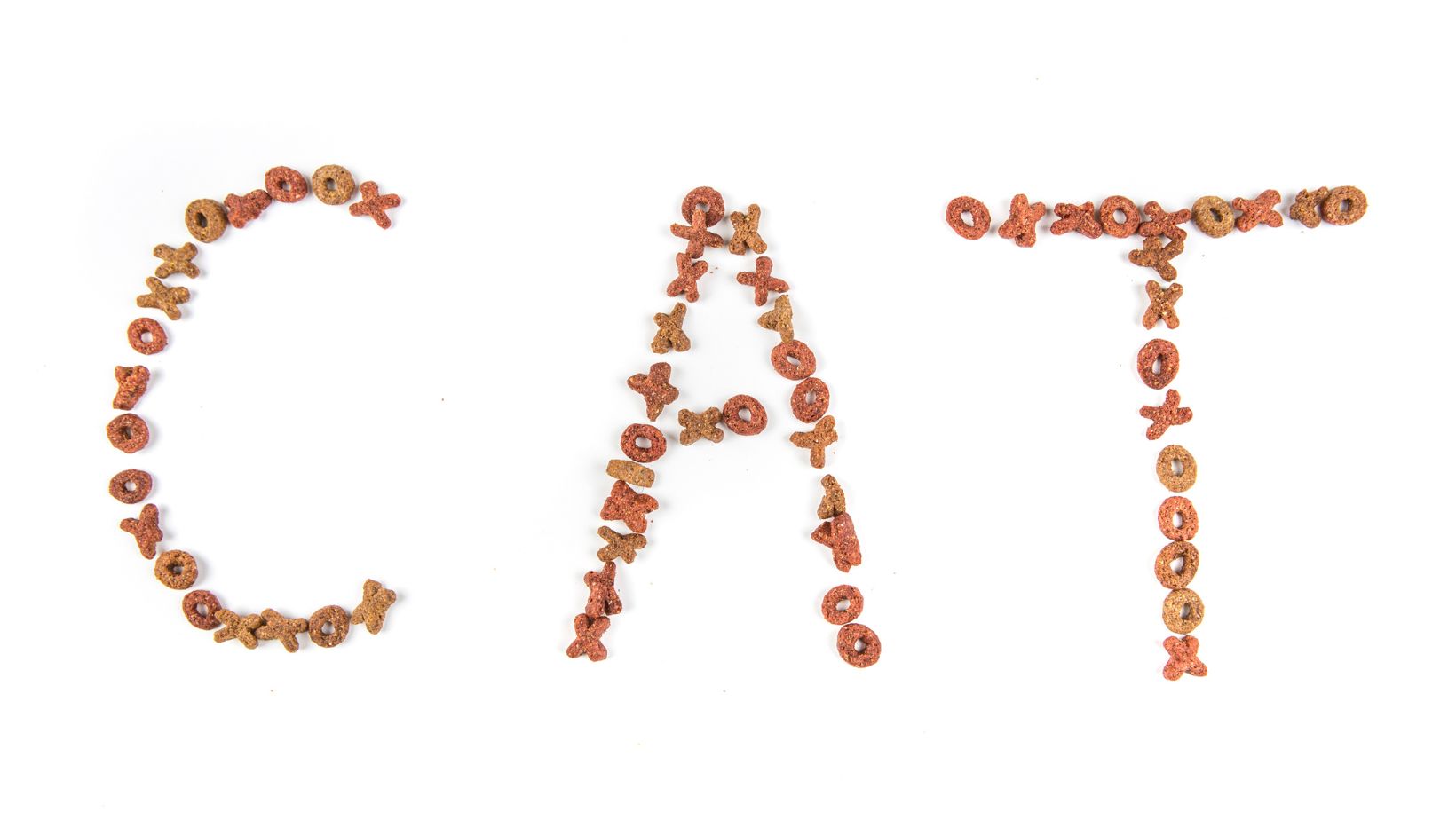
When a child is learning to speak, they often struggle to pronounce longer words and it may take them some time to get to grips with this. That is why there are certain steps and sounds they can learn early on to make developing their language easier.
Part of this process is teaching them CVC words. This can help to strengthen their communication skills, particularly those children with speech delays or difficulties.
As a result, CVC is a core technique and area of focus used by many speech and language therapists.
But what are CVC words, why are they so important, and how can you support your child in developing these words and sounds?
What are CVC words?
CVC words are simple three-letter words that follow the pattern of consonant-vowel-consonant, hence CVC. This is a fundamental linguistic structure and one that is foundational in early reading and language development.
Because these words are easier to sound out, they help children build on their understanding of letters and their corresponding sounds. They also help them to get to grips with digraphs (two letters that work together to make a single sound) and trigraphs (three letters representing one sound). For example common digraphs like ch, sh and th, and common trigraphs like ear and ure.
These are the building blocks that can help them eventually move on to longer and more complex words and are a pivotal tool in language acquisition.
Examples of CVC words
Bearing in mind the structure of these words:
C: Consonant
V: Vowel
C: Consonant
There are some simple CVC words that we often teach young children, and as a result, these can be the first words for many. For example:
Mum (C-V-C: C = “M”, V = “u”, C = “m”)
Dad (C-V-C: C = “D”, V = “a”, C = “d”)
Cat (C-V-C: C = “C”, V = “a”, C = “t”)
Some other examples of common CVC words include:
Dog
Pig
Bed
Cup
Bag
Red
Sun
It is the simplicity of CVC words that makes them ideal for early reading exercises, allowing learners to practice blending sounds together to form words. This practice is critical in developing phonemic awareness, a key skill in learning to read.
How Do You Identify CVC Words?
You may wish to use this technique when supporting your child’s learning, or this technique may have been recommended to you by a speech therapist after a SALT assessment. However, how do you know which words to use and how to recognize them?
Although it might seem straightforward enough to recognize this pattern, if you’re unsure, then it’s best to start by focusing on the vowel in the middle, whether that’s A, E, I, O, or U.
Then, you can check either side of this to make sure it is sandwiched in by consonants. You’ll be surprised how many of these words you discover when using this technique to teach young children.
Why It’s Important To Teach Your Child CVC Words
As we’ve said, these words and sounds are the building blocks of phonics. Understanding these short words helps children with their reading and writing skills, as well as their ability to correctly pronounce these words and, eventually, longer ones.
At this stage, they learn how to seamlessly merge the individual sounds to form complete words.
So essentially, CVC words are important for developing every aspect of a child’s communication skills, from speech to writing.
How Can You Teach Your Child CVC Words?
Teaching your child CVC words is important, and it doesn’t have to be a challenge. There are several fun and effective ways to build their skills and strengthen their communication. Here are some strategies to help your child learn CVC words:
Start With The Individual Sounds
First, you must ensure your child knows the sounds of all the individual consonants and vowels before introducing CVC words.
You should encourage your child to sound out each letter in the chosen word. For example, with “cat,” say “c” (k), “a” (æ), and “t” (t), and then blend them together. They can practice blending these sounds to make the complete CVC word.
The goal is to have them say the word as smoothly as possible using all the individual sounds.
Use Visual Aids
You can create your own flashcards with CVC words or purchase books or cards with pictures. You can then show the card to your child, say the word, and have them repeat it while looking at the picture.
Alternatively, you could use magnetic letters on a fridge or board to build CVC words. Have your child rearrange the letters to form different words and practice these sounds.
Interactive Games
There are lots of fun, interactive games you and your child can play to support their learning. You could create (or buy) a matching game where your child matches a picture to its corresponding CVC word.

There are also several online phonics games and many educational websites and apps with interactive CVC word games that can make learning even more engaging.
Reading Practice
It’s always great to read books to and with your child; this can really help develop their skills. Wherever possible, use books that focus on CVC words, as these early readers are designed to reinforce the recognition and understanding of those words.
As you read to your child, make sure to point to each word and ask your child to sound it out. Gradually, let them read the words independently.
Writing Practice
Just as with reading, having your child trace CVC words and then try to write them on their own can help with both letter recognition and word formation. You can work together to create lists of CVC words and ask your child to write them down while sounding out each letter.
You should practice regularly but make sure to keep the sessions short and fun to maintain your child’s interest. You can also encourage them to spot CVC words in their environment, like on signs, labels or in books, making practice part of their daily routine.
Incorporate Songs And Rhymes
Finally, you can sing songs together that emphasize CVC words and their sounds. Rhyming games can also help with word recognition, grouping CVC words by word families to make learning them easier. For example, cat, bat, rat, hat, etc.
By making learning CVC words interactive and fun like this, your child will develop a strong foundation in reading that will support their literacy skills as they progress.













